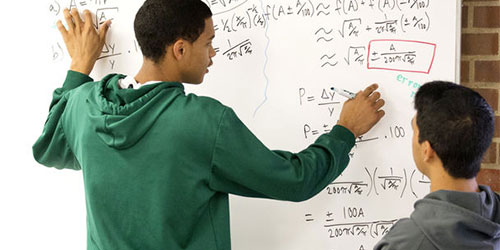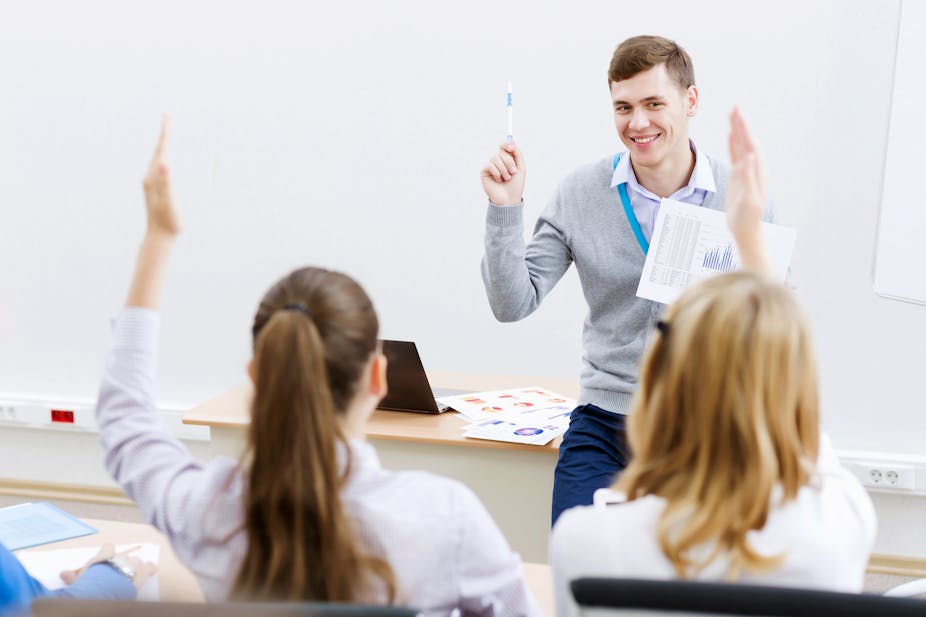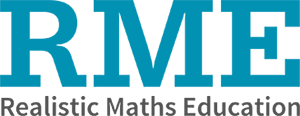Every teacher, regardless of experience, has come across a passive learner during their teaching career. The issue with passive learners is that they are rarely disruptive. This means they often go unnoticed and unchallenged. This lack of challenge results in poor progress and ultimately a child who is let down. Therefore, my main focus is to research different techniques which can be used to encourage passive learners to be more involved during lesson time, this in turn can increase student achievement. Research shows (and common sense implies) that there is a clear positive correlation between these two variables.
 |
| Passive learners often go unnoticed and unchallenged. |
Engaging students is the clear antidote to passivity. According to Meier (2008), one way of engaging students is by making learning relevant to them by connecting it to a student's life experience. Getting students to solve authentic real life problems based upon experience, such as working out phone bills, can support them beyond the four walls of a classroom and give a subject value, thus engaging them. It was also discovered that students found it easier to solve problems and remember the techniques used when they were connected to life experiences thanks to links to prior knowledge the students already possess.
Another way to increase engagement is by getting students to collaborate with each other, either in pairs or in small groups as this also allows students to share and build their ideas and make themselves feel included and responsible for their own learning. Lastly, getting students to develop and use their higher order thinking skills such as analyzing, interpreting, and/or manipulating information has shown to improve engagement as a form of challenge. The key issue however, is how we can implement these strategies effectively.
Intervention
The Realistic Maths Education (RME) project is a resource which has taken over 14 years to research and design by academics at Manchester Metropolitan University. I have been given several resources over a span of two years to help improve the teaching of mathematics from this project. Each module is designed to be completed over two weeks.
I will be using RME strategies with my two year 7 classes and monitor two passive learners from both of them. These students tend to lose focus or interest very quickly and I have to continuously remind them to either focus on what I am teaching or on completing their work.
Having attended the training days, I learnt different strategies for engaging students. I intend to use these techniques such as getting students to draw their solutions to problems onto the class whiteboard and hand over a degree of ownership of the work as well as setting problems that relate to their prior knowledge. The resources used in the lessons have been shown in other contexts to engage and therefore reduce passive learners and so improve the students results as well as their problem solving mathematical skills.
I intend to keep track of the passive students and take note of any passive or engaged behaviours shown during the lessons in which I use the RME strategies as well as ask their perceptions of the strategies.
 |
| Encouraging students to own sections of learning by writing answers on a class whiteboard can engage learners. |
After planning and delivering the first session of the RME project, there was some improvements as the students were more engaged when I gave them a responsibility during a group discussion or when I gave them ownership of their work when presenting to the class. However, unless it was one of those two scenarios, the students were still passive during the lessons. When I asked the students how they were finding the strategies their responses were unresponsive and they claimed that they would rather do book-work. This was expected as we were told this was a common initial reaction from the students as it is a big change on how the style of teaching and learning.
When I taught the second module, one of the students was given a red, amber and green card. They were asked to show me one of the cards depending on how engaged they felt during the lesson. During my two period 5 lessons (end of the day), the student always showed an orange or red card which indicated that he was going to do some work or very little work. For this reason I was unable to see any impact of the RME strategies during these lessons. However, during the other two lessons, the student was very engaged and preferred taking part in the RME strategies instead of doing a standard book-work lesson. I did a short interview with the student in which they stated that they enjoyed the lessons more as they saw the relevance of the topics covered during these lessons. However, it is a concern that the uncontrollable variable of the time of the lesson counteracted the positive effects of the RME strategies.
Other students also showed some limited improvement. They were more interested and focused during certain activities however for much of the lesson the student still demonstrated passive behaviour and regular prompts had to be used during the lesson to keep them focused. I have completed several modules with this student but I am still going to continue to use the RME modules with other techniques to see if the student can become further engaged.
 |
| The holy grail of a fully engaged classroom can be achieved! |
Further research
I intend to continue using this resource with the students in year 8 and continue monitoring how the modules can help engage and reduce passive learners in the classroom over a longer period of time. My research will go on to support a wider project led by academics at Manchester Metropolitan University.
Recommendations
- Be persistent when implementing new strategies, at first they may not work but over time they can lead to a change in culture and help achieve marginal gains.
- Link learning and problem solving to other areas were students may have prior knowledge - this can be from previous learning or from their life experiences.
- Present students with an opportunity to own sections of their learning.
- John Tait - Three ways to Engage Students (2018)
- Soung Bae and Kari Kokka - Student Engagement in Assessments:What Students and Teachers Find Engaging
- Courtney Peters - 6 Tips for Engaging the Distracted High School Student (2016)
- Meier - Adolescents at School: Perspectives on Youth, Identity, and Education (2008)
- https://www.edutopia.org/blog/golden-rules-for-engaging-students-nicolas-pino-james





